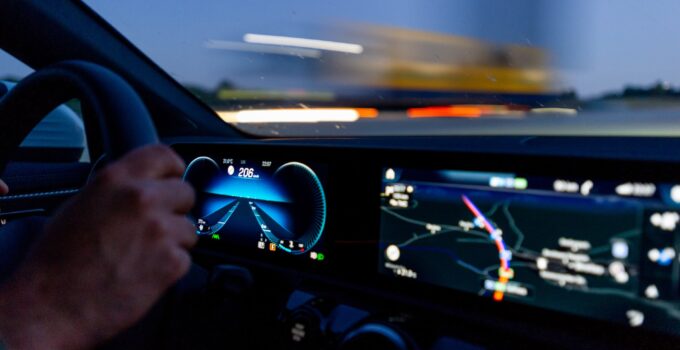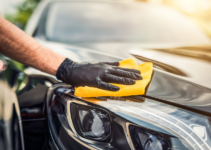Are you having trouble seeing while driving at night?
Many people experience difficulty seeing while driving in the dark. It is often due to glare from oncoming headlights. Glare can be very dangerous, as it can cause a driver to lose focus and even result in an accident.
You might come across many people giving their opinions on what to do to avoid glare, right? But you are here because you want some tips that can work for you.
So, here are eight tips for reducing glare while driving at night. Following these tips should help you feel more comfortable and safe while behind the wheel in the dark.
What Causes Glare While Driving at Night?
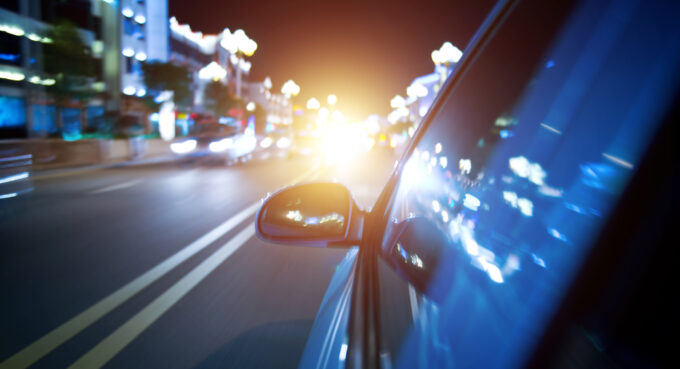
Source: aa-highway.com.sg
There are a few different things that can cause glare while driving at night. One of the most common is oncoming headlights. When another car’s headlights are pointing directly at your eyes, it can be difficult to see. This is why it’s important to always use your low beams when driving at night.
Other causes of glare include wet roads and reflections from street lights. If you find yourself having trouble seeing because of glare, try to adjust your position so that you’re not looking directly into the light source. You can also try using sunglasses or anti-glare glasses to help reduce the amount of light that’s entering your eyes.
9 Tips for Reducing Glare while Driving at Night
Driving at night can be challenging, especially if you are not used to it. The lack of light can reduce your night vision, and the glare from oncoming traffic can be extremely distracting.
While there are no easy solutions to these problems, there are a few things that you can do to reduce the amount of glare while driving at night. Implement these tips today and start enjoying your drives at night again.
1. Clean Your Car’s Windshield

Source: thriftyfun.com
One of the best ways to reduce glare while driving at night is to ensure that your windshield is clean. A dirty windshield can cause reflections and make it difficult to see.
Be sure to clean your windshield regularly, both inside and out. Use a quality glass cleaner and a lint-free cloth to avoid streaking. In addition, have your windshield professionally cleaned and waxed periodically to help protect it from the elements.
2. Check Your Headlights
One of the best ways to reduce glare while driving at night is to ensure that your headlights are in good working order. Headlights that are dim or not properly aligned can cause a lot of glare.
Be sure to check your headlights regularly, and replace them when necessary. You may also want to invest in some aftermarket headlights that offer better light output. You can check this site for buying high-quality headlight bulbs online.
3. Use Anti-Glare Night Driving Lenses
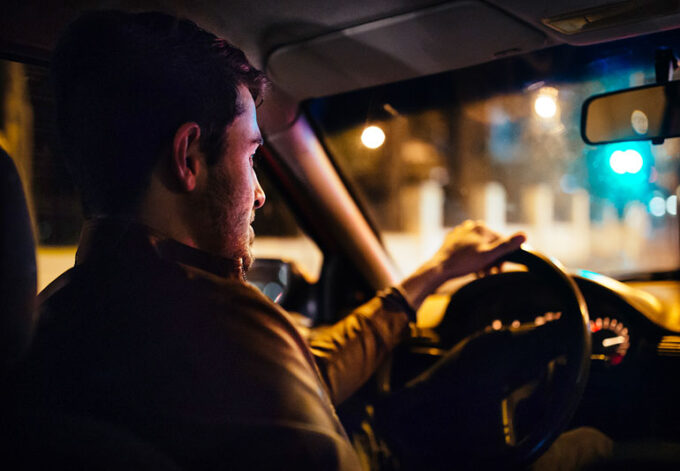
Source: clevelandclinic.org
If you wear glasses, consider investing in anti-glare night driving lenses. These lenses are designed to reduce the glare that enters your eyes, making it easier to see while driving at night.
Many optometrists offer anti-glare night driving lenses, so ask about them during your next eye exam. You may also be able to find them online or at your local eyewear store.
4. Adjust Your Rearview Mirror
Your rearview mirror can cause more glare than it prevents. It reflects the light from headlights, making it difficult to see.
To reduce glare, simply adjust your rearview mirror to point slightly downward. It will allow you to see still what’s behind you while minimizing the amount of glare. Simply flip down your visor to shield your eyes from the bright lights.
5. Don’t Directly Look At Headlights
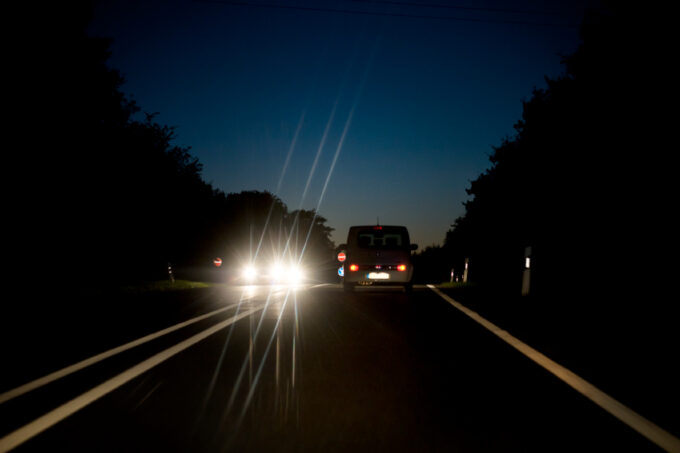
It can be tempting to look directly at oncoming headlights, but this is one of the worst things you can do. When you look directly at a light, your eyes are forced to work harder, which can cause fatigue and reduce your visibility.
Instead of looking at headlights, focus on the road ahead. If you get glare from headlights in your peripheral vision, simply adjust your mirrors until the light is no longer visible.
6. Keep Your Interior Lights off or Dim
Another way to reduce glare while driving at night is to keep your interior lights off or dimmed. Bright interior light can reflect off your windshield and may cause trouble to see clearly on read.
If you need to use your interior lights, be sure to dim them as much as possible. You may also want to consider using a red light, as this will cause less glare than white light.
7. Don’t Use Yellow-Tinted Glasses
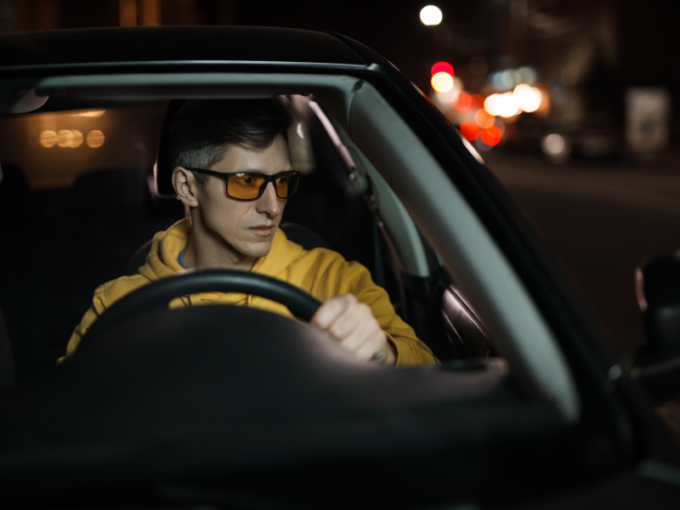
While yellow-tinted glasses may seem like they would help reduce glare, they do the opposite. Yellow-tinted lenses do not work well in low light conditions and can be distracting.
If you wear glasses while driving at night, choose a lens color that will not cause additional glare. Clear or lightly tinted lenses are typically the best choice for night driving.
8. Schedule An Eye Exam
If you have difficulty seeing while driving at night, it’s a good idea to schedule an eye exam. Many vision problems can cause glare and may also reduce your ability to see in low light conditions.
An eye exam can help identify any vision problems and get treatment. In many cases, wearing the proper eyeglasses or contact lenses can make a big difference.
9. Drive slowly and be cautious
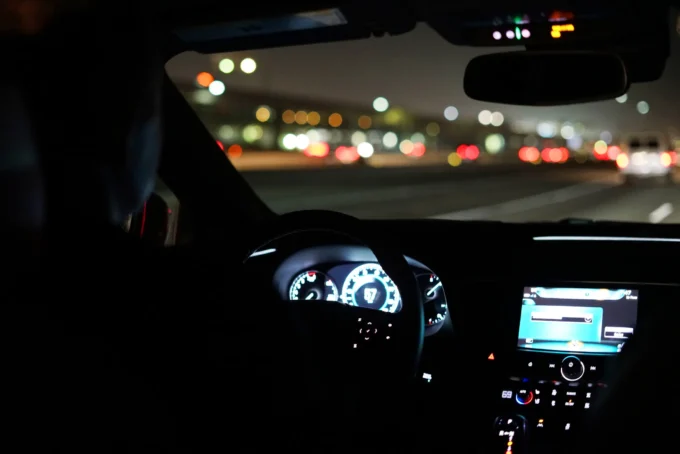
Source: masseyeandear.org
Be aware of other drivers and their potential for causing a blinding glare. If someone is tailgating you or driving erratically, give them plenty of space, and don’t hesitate to pull over if necessary.
Conclusion
Driving at night can be difficult, but it doesn’t have to be. Experiencing glare while driving can be frustrating. You may have to slow down or stop while trying to navigate around it.
Remember, safety should always be your number one priority when behind the wheel, so do whatever you can to make sure you’re able to see clearly.
The tips for reducing glare while driving at night can be effective if you implement them properly. Give them a try today!

